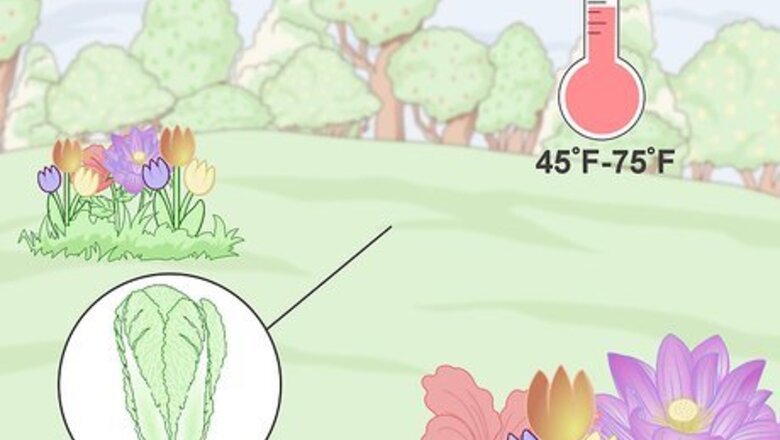
views
Picking the Right Time and Place
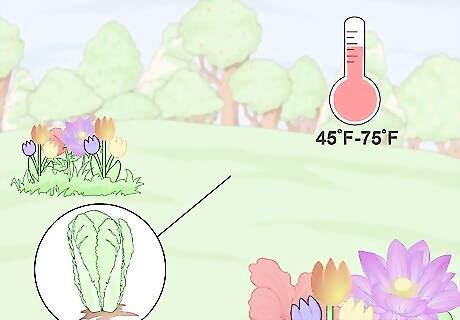
Plant in early spring or late summer. Chinese cabbage grows best in cool weather, not in the long, hot days of summer. Plant it early in the year for harvest before the summer heat wave, or after the hottest days of summer are past. Your area’s climate will dictate whether or not you can grow Chinese cabbage. Grow it during periods where the temperature stays between 45°F and 75°F( 7℃ and 24℃). Whether you have a better chance in the spring or autumn depends on the area you live in. Research the average date of the last frost in your area and plan to plant after that date.

Plant in a spot with moderate sun. If you live in a cool climate, your cabbage can be placed in full sunlight. If you live in a warmer climate, the cabbage needs to be planted where it will be in the shade for part of the day. Cabbage should never get more than eight hours of sunlight in a day. If your garden is in full sunlight for the entire day, you may need to build a shelter that will cover the cabbage for part of the day.
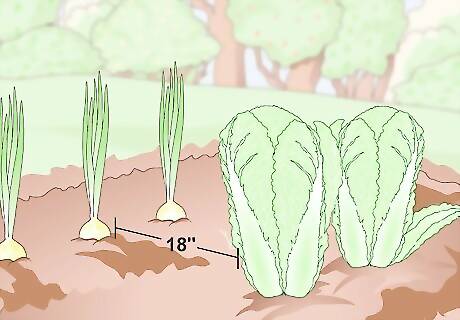
Put Chinese cabbage near companion plants. Your garden plants have a way of working together to promote solid growth. If you plant basil, celery, garlic, potatoes, rosemary, onions or beans, put your cabbage near them in the garden. These plants repel bugs and share nutrients. Put companion plants, and other Chinese cabbage, at least 12 to 18 inches (30.5cm-45.7cm) away from your Chinese cabbage seeds.
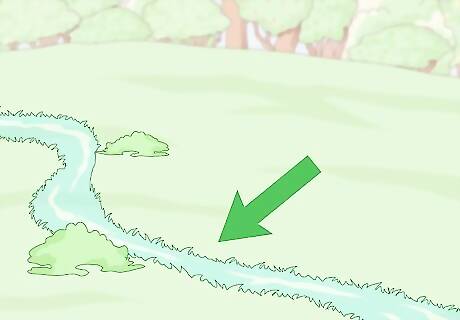
Choose an area where the soil drains well. Chinese cabbage needs moisture-retentive soil, but soil that isn’t soggy or waterlogged. Make sure your garden has good drainage, or consider making some adjustments that will help the soil drain better.
Tilling the Soil
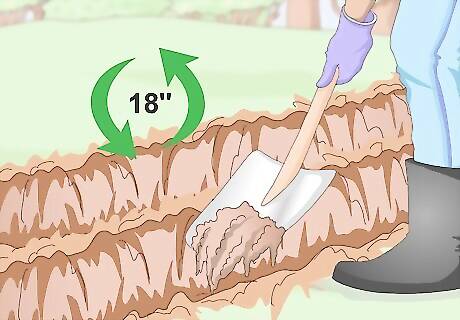
Turn the soil over to eight inches (20.3 cm) deep. With a shovel, hoe, or tiller, chop up the garden soil before planting seeds. Make sure that at least the top eight inches (20.3 cm) of the soil are loosened and turned over. It’s best to do this for the whole garden, but it’s especially important for Chinese cabbage seeds. At the beginning of the season, you may need to water the soil a few times over the course of a week to make it easier to till up. Cabbage grows well in sandy loam soil. It will grow if there is clay in the soil, as well, as long as the soil isn’t all clay. If it is all clay, it probably won’t drain well, which is important.
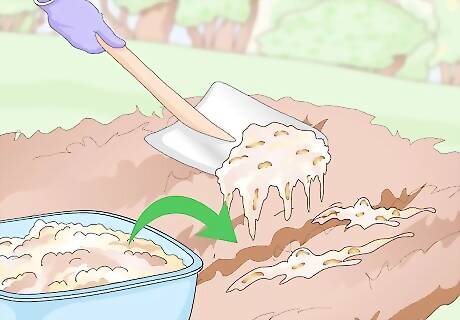
Add compost to the soil. Mix a good amount of decomposed material from your compost pile into the soil in the areas you’re putting the cabbage. This vegetable needs soil high in organic matter, so the more compost the better. If you don’t have a compost pile, find a garden store that sells composted organic material. Mix the compost into the soil after you turn the soil over. Make the mixture about 1:1 of garden soil and compost, at least in the areas where you’re planting the cabbage.
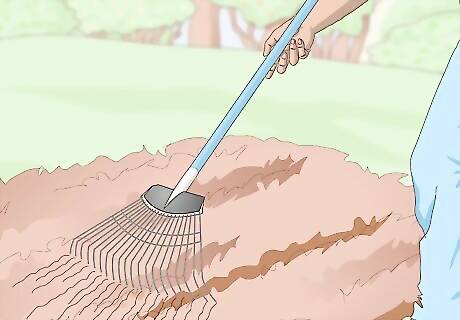
Flatten the soil out with a rake. Tilling the soil up tends to leave ruts, lumps, and a generally uneven soil surface. To aid your planting, and give the seeds a good chance at growing, rake the garden bed so it is flat and leveled out across the whole surface.
Starting the Plants

Sow the seeds ¼-½ inch (6.35cm-12.7cm) deep. When the bed has been flattened, it’s time to sow the Chinese cabbage seeds. Press your finger into the soil ¼-½ in. (6.35cm-12.7cm) deep, forming a small divot. Place the seeds in the divot. Gently cover the seed, making sure you only add enough soil to fill the hole. Also place some compost on top of the soil once you put the seeds into the soil. Replenish the compost halfway through the growing season.
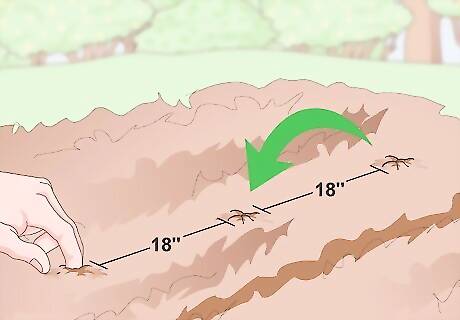
Space seeds 12 to 18 inches (30.5cm-45.7cm) apart in the row. Chinese cabbage spreads as it grows. For this reason, it’s important to plant the seeds far enough apart that they have room to widen. Plant Michihili types closer to 12 in. (30.5cm) apart and Napa types closer to 18 in. (45.7cm) apart.
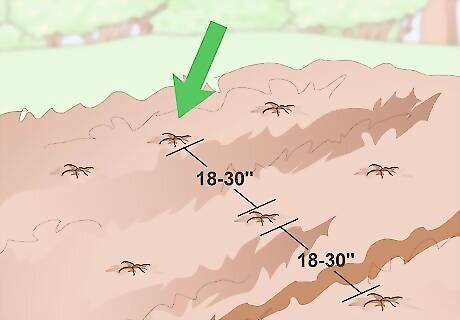
Make rows 18 to 30 inches (45.7 to 76.2 cm) apart. If you are going to plant multiple rows of Chinese cabbage, leave at least a foot and a half between the rows. Closer spacing produces smaller heads, which might be beneficial if you’re going to sell the cabbage at a market. Some varieties grow better with tighter or looser spacing. Check the seed packets for addition spacing information.
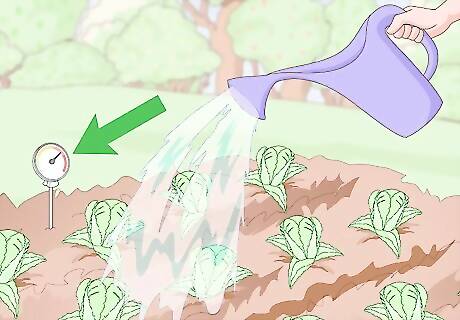
Water the cabbage plants every day. Chinese Cabbage soaks up water, so you want to keep the soil constantly moist. Install a moisture meter around your cabbage plants to keep tabs on the moisture level. Generally, plan to water the plants every day, especially if they are getting a lot of sun.
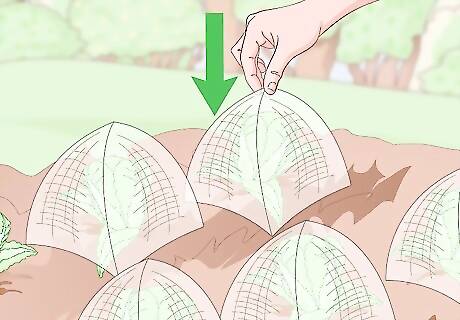
Watch out for insects and disease. This plant is susceptible to slugs, aphids, flea beetles, and cabbage worms. Slugs and aphids can usually be picked off, or rinsed off with a hose. Install mesh screens over the plants to protect from these insects. If you notice that the cabbages are brown or withered, they may be diseased. It’s best to remove diseased plants from the garden and dispose of them.
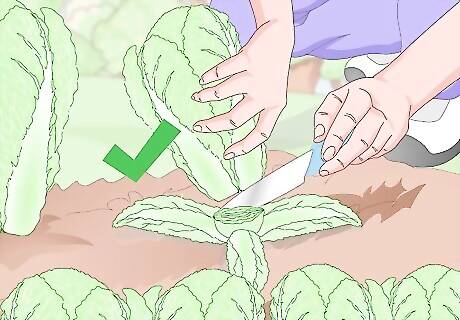
Harvest the cabbage when the heads reach the size you want. Chinese cabbage generally grows to maturity in about 90 days, but exactly when you harvest is up to you. Use a sharp knife to cut the head off at the base. Leave the outer leaves and the stem and roots of the plant in the garden. Smaller heads will regrow on the plant after you chop off the head.













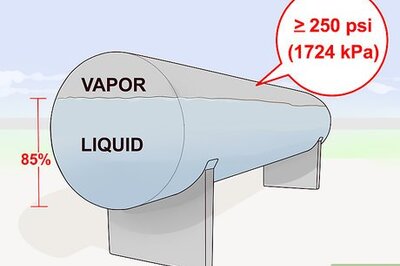






Comments
0 comment